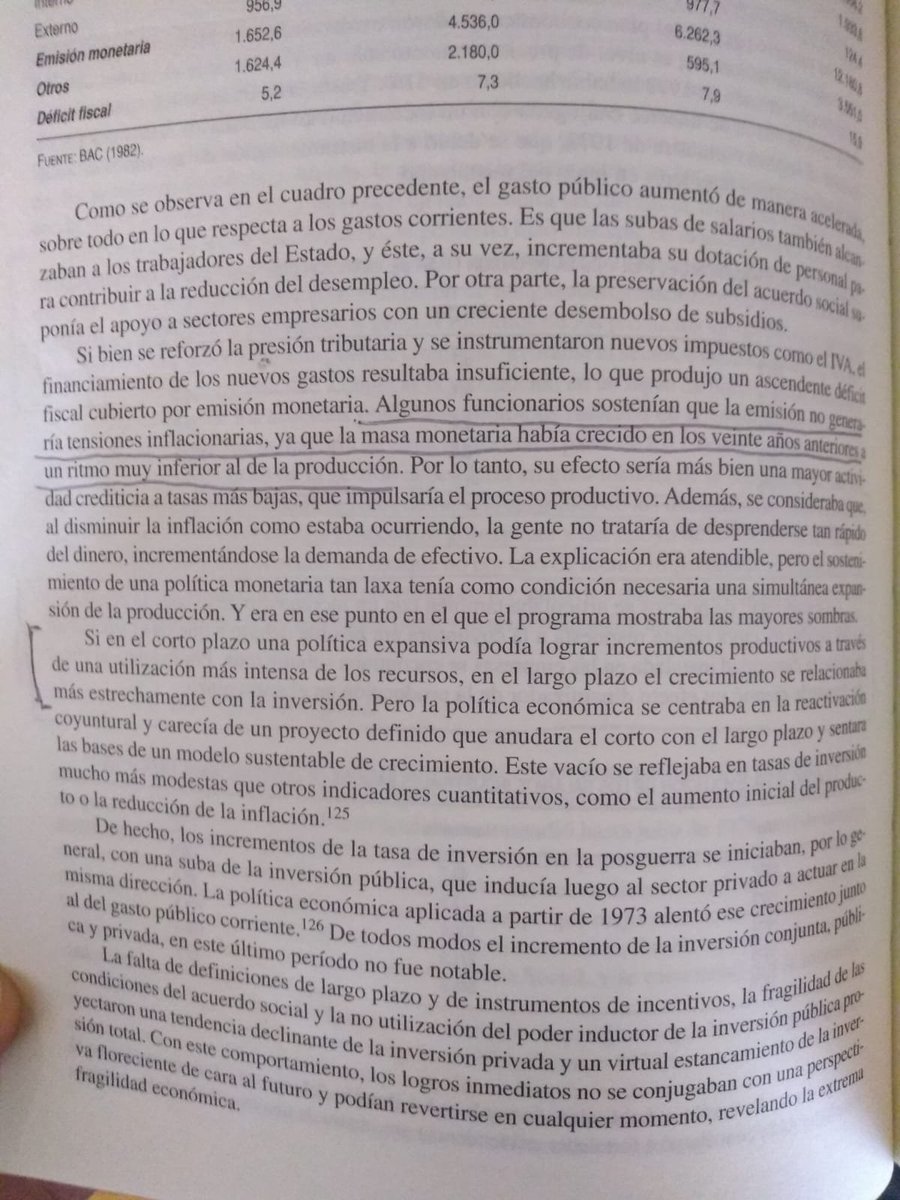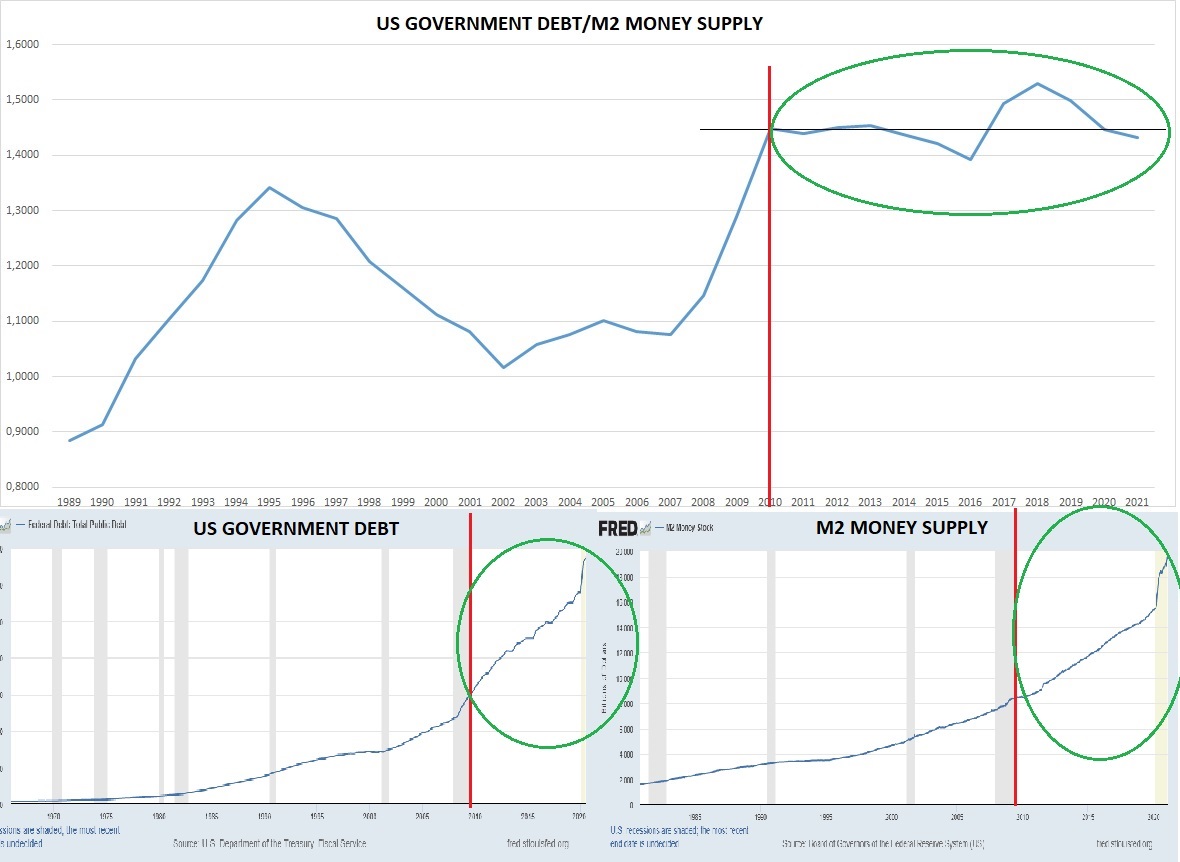
#Argy Construccion y salarios minimos respecto a EEUU. Hilo: Abajo vemos los salarios minimos en cada pais, proyectando si volvemos a maximos en argy con atraso cambiario salarios minimos de 1200 usd,dado q medido en maximos llevan una relacion 3.2 salarios argy forman uno en usa 

Cant de salarios argentinos q se necesitan para comprar un salario Americano en picos de crisis. y en la parte mas baja vemos valores de 3,2 salarios argy por salario en usa alla por año 2011. (Siempre tomando valor dolar libre) 

En el caso de la construccion nos da una relacion en maximos de 1/3.33. nos llevaria a un Costo minimo de construccion de 1045 dol el m2, siempre tomando recuperaciones en maximos y con atraso cambiario como periodos 2012 y 2018 donde se ven los saltos en el grafico 

Si sacamos un ratio entre costo construccion argy contra costo materiales usa nos da que ya estamos por debajo de valores 2001 

Finalmente el costo contruccion medido en onza de oro nos da valores hiper del 89, digamos q estamos en un piso duro medido en moneda dura 

Los datos son tomados en base al Indice de la construccion Cordoba e indice materiales usa (paso enlaces), Dolar blue, Salario minimo vital y movil argy y salario minimo en estado de california usa.
fred.stlouisfed.org/series/WPUSI01…
datosestadistica.cba.gov.ar/dataset/indice…
fred.stlouisfed.org/series/WPUSI01…
datosestadistica.cba.gov.ar/dataset/indice…
@UnrollHelper unroll please
• • •
Missing some Tweet in this thread? You can try to
force a refresh











